#sidevalve
Explore tagged Tumblr posts
Text

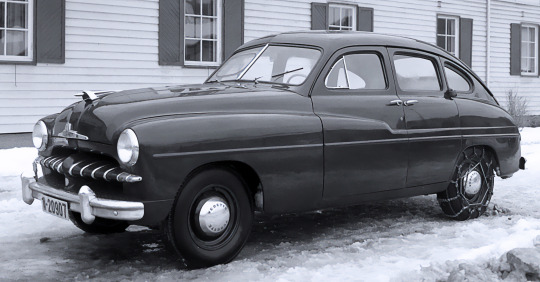

Ford Vedette, 1948. Another new car for the 1948 Paris Motor Show, made by Ford’s French subsidiary Ford SAF. The Vedette had originally been conceived by Edsel Ford and Ford designer Eugene T. "Bob" Gregorie as a “light” Ford model for the US market. However as Ford plans developed during the 1940s the “light” model had become superfluous so was given to the French instead. It was powered by a Poissy-made 2158 cc Aquillon sidevalve V8 engine of Ford's Flathead engine family. Ford SAF never achieved satisfactory sales and their Poissy plant also suffered industrial unrest which led to Ford selling their factory and model range to French car maker Simca in 1954.
170 notes
·
View notes
Photo

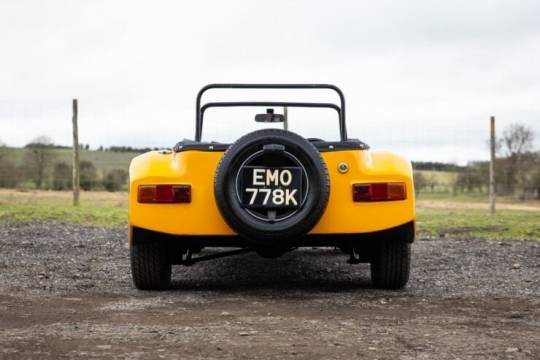
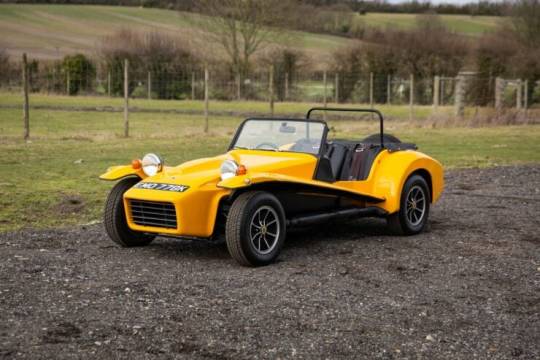
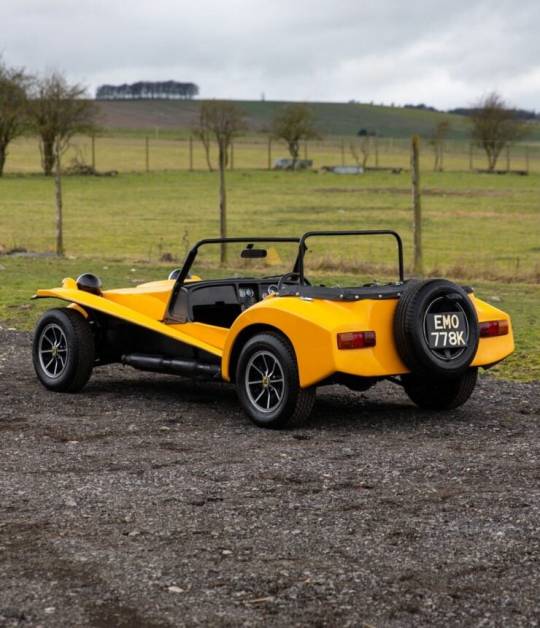

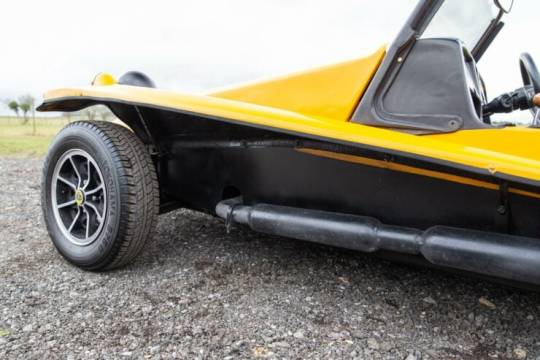


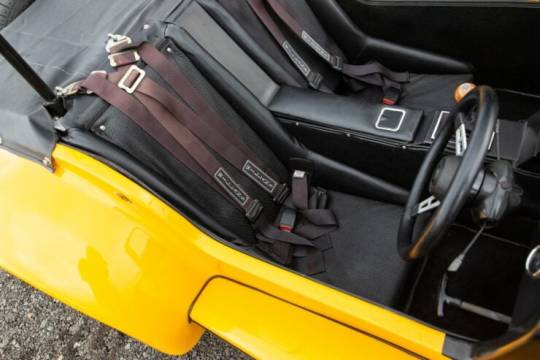

Lotus Seven Series 4
The Lotus Seven was first introduced in 1957 by Lotus founder Colin Chapman. Chapman’s idea was to create a lightweight, nimble sports car that could provide an engaging driving experience while being affordable for the average enthusiast. The car’s design was inspired by the clubman racers of the day and the earlier Lotus Mark VI and it was offered in both kit form and as a turnkey car. The kit option would be the most popular, vastly outselling the turnkey car as kit cars at the time avoided the automobile purchase tax which was no insignificant. Interestingly, the law stated that kit cars couldn’t be offered with assembly instructions, an issue that Chapman addressed in his own unique way by offering detailed disassembly instructions that the kit builder could follow in reverse to build their car.
The first Lotus Seven, also known as the Series 1, was powered by a 1.1 liter Ford Sidevalve engine producing 36 bhp, and the car weighed just 725 lbs. Its lightweight design was classic Chapman, with a tubular steel spaceframe chassis, a fiberglass body, and a simple cockpit with only the bare necessities.
The Seven was an instant success, praised for its agility, speed, handling, and its affordable cost. In 1958, Graham Hill drove the Lotus Seven factory demonstrator to victory in a race at Brands Hatch, solidifying the car’s reputation as a highly-capable racing machine in the right hands. Over the years, the Lotus Seven evolved through various iterations from Series 1 through to Series 4, each with its unique features and improvements. The Series 2, introduced in 1960, featured a stiffer, simpler chassis design, revised suspension, and a more powerful engine.
The Series 3, released in 1968, was most commonly powered by the 1.6 liter, inline-four cylinder Kent crossflow engine. The Series 3 cars were also produced under license in Argentina, with over 50 made, and the model would be reintroduced in modified form by Caterham after the Series 4 proved less popular than anticipated.
The Series 4, introduced in 1970, marked a significant departure from the earlier Lotus Seven models. The Series 4 was designed to be more comfortable and practical than its predecessors, with a wider body and improved amenities. It also featured a more powerful engine, capable of producing up to 120 bhp, making it faster than the previous Lotus Sevens.
Despite its increased comfort and convenience, the Series 4 retained the classic Lotus Seven design elements, such as its tubular spaceframe chassis and lightweight fiberglass body. As noted higher up, the car was available in kit form or as a fully assembled vehicle, making it accessible to a wider range of enthusiasts.
45 notes
·
View notes
Text

British 1932 Vincent HRD 500cc Motorcycle
HRD Motors Ltd was a British motorcycle manufacturer in the 1920s. It was founded by Howard Raymond Davies. He had worked in motorcycling, and had raced with some success in the mid-twenties, but often not finishing due to unreliability. This inspired him to build a reliable performance motorcycle, using the advertising slogan "Built by a rider". Others also aimed at a similar market, like George Brough of Brough Superior motorcycles.
After the First World War many motorcycle makers assembled their machines from engines and other major components sourced from different manufacturers. Davies' goal was to build a superior motorcycle from the best components available.
Motorcycles were produced from 1924 to 1928, but the undercapitalised company, although having a reputation for performance, struggled to survive, and was ultimately sold to OK-Supreme, who then sold the name and goodwill to Phil Vincent, a motorcycle designer. The name was then incorporated into a new company, The Vincent HRD Company Ltd.
In 1926 the opposition at the TT were faster, and the best placing for HRD was fifth. The model range was broadened, but production didn't meet demand. A general strike inflicted more financial damage.
HD75 – 500 cc Jap OHV engine – 75 mph (121 km/h) – 75 guineas
HD 600 De Luxe – 600 cc JAP sidevalve – 72 guineas
HD65 – 350 cc JAP OHV – 65 mph (105 km/h) – 65 guineas
HD60 – 350 cc JAP sidevalve – 60 mph (97 km/h) – 60 guineas
The HD Super 90 gained the option of a 600 cc JAP OHV motor, raising the price by 5 guineas.
0 notes
Photo
With a flathead sidevalve engine

Indian
169 notes
·
View notes
Photo

@chopperchrash
92 notes
·
View notes
Text

#vintage#ftw#biker#harleydavidson#vintage motorcycle#chopper#harleychoppers#custommotorcycle#ul#flathead#sidevalve#couple
187 notes
·
View notes
Text

僕のオートバイ😊
75 notes
·
View notes
Text


16 notes
·
View notes
Photo

@noapapa1173 • #45 #sidevalve #chopper https://www.instagram.com/p/B-mubwzJE_p/?igshid=16koos2coqy5z
7 notes
·
View notes
Photo
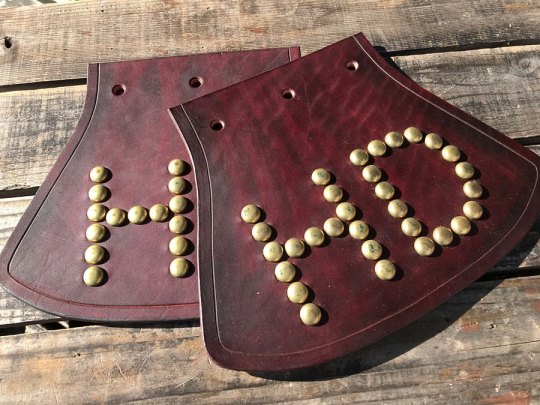
♠️ Mudguad ♠️ ハーレーデイビッドソンにドンピシャの泥除け☝️ #ハーレーダビッドソン #ハーレー #ナックルヘッド #パンヘッド #フラットヘッド #バディ #バディシート #ソロ #ソロシート #革 #革細工 #ハンドメイド #seat #soloseat #buddyseat #lether #lethercraft #flathead #sidevalve #knucklehead #panhead #shovelhead #vintage #vintageharley #vintagemotorcycle #diy #handmade #harleydavidson #japan #shimosuwa (Shimosuwa-machi Suwa-gun, Nagano, Japan) https://www.instagram.com/p/B8kTzZoDBjc/?igshid=1bygjqrba813n
#ハーレーダビッドソン#ハーレー#ナックルヘッド#パンヘッド#フラットヘッド#バディ#バディシート#ソロ#ソロシート#革#革細工#ハンドメイド#seat#soloseat#buddyseat#lether#lethercraft#flathead#sidevalve#knucklehead#panhead#shovelhead#vintage#vintageharley#vintagemotorcycle#diy#handmade#harleydavidson#japan#shimosuwa
2 notes
·
View notes
Photo

早朝 #ワニフチチョットショー 終了! 来てくれてありがとうございます^o^ #長野 #新潟 #shovelhead #panhead #evo #mk1 #sr #gt #sidevalve #tc #19歳少年 #redbull で胃をやられ #ロールケーキ 3個(笑) しかも同じ味(゚o゚;; https://www.instagram.com/p/BxoPGYxBMAc/?igshid=1g6lnfp8o2fde
7 notes
·
View notes
Photo

#postfrom @island.of.the.field #harleydavidson #panhead #knucklehead #sidevalve #vintage
182 notes
·
View notes
Video
instagram
ASHオイル🛢セルフで定期交換👍調子良さそうで何よりです✌️ いつもありがとうございます🙏 #ashoil #ashオイル #harleydavidson #ハーレーダビッドソン #flathead #sidevalve #wr #wl #wla #フラットヘッド #サイドバルブ #チョッパー #ボバー #chopper #choppers #bobber #bobbers #onanysudnay #onanysundayco #佐倉 #佐倉市 #佐倉城下町 (On Any Sunday) https://www.instagram.com/p/BpZNWpaA96v/?utm_source=ig_tumblr_share&igshid=166x5aie3s0jy
#ashoil#ashオイル#harleydavidson#ハーレーダビッドソン#flathead#sidevalve#wr#wl#wla#フラットヘッド#サイドバルブ#チョッパー#ボバー#chopper#choppers#bobber#bobbers#onanysudnay#onanysundayco#佐倉#佐倉市#佐倉城下町
2 notes
·
View notes
Photo

#ttandco #flathead #sidevalve #roadster #ttandcotokyo #ttandcojapan #ttandcohelmet (TT&CO. JAPAN)
5 notes
·
View notes
Photo

Ford anglia #ford #fordanglia #sidevalve #ckccars #classiccar #classiccars #allfixed #103e https://www.instagram.com/p/CQgzVq_DBvG/?utm_medium=tumblr
0 notes
Photo

3 notes
·
View notes